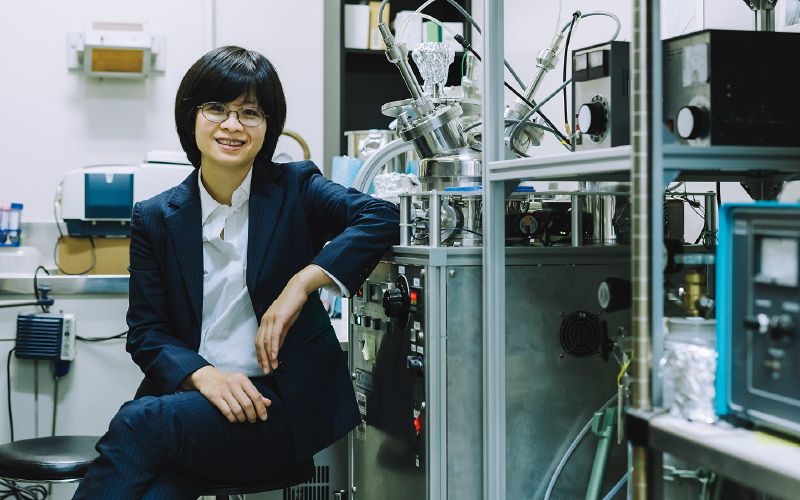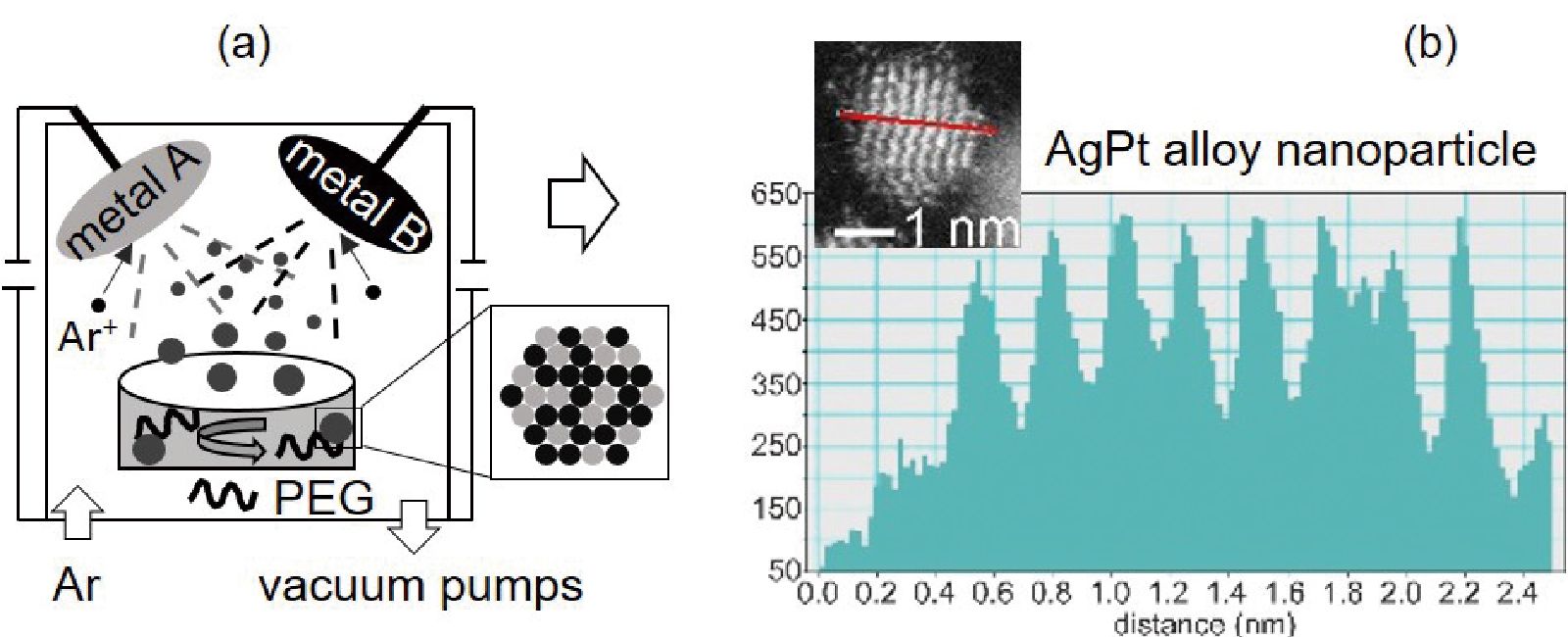特集 02
New solid solution alloy nanoparticles: fine structure and beyond

Nanoalloys: create new structure, exploring novel properties
Division of Materials Science and Engineering
Laboratory of Novel Materials Hybrid Engineering
Assistant Professor
NGUYEN THANH MAI
Revitalizing solid solution alloy
Creating new materials with novel properties is always challenging but exciting. Pt-group metals have been known for long as key elements of catalysts in many important reactions in such as hydrogen evolution, fuel cells, and metal-air batteries. As those scarce metals are increasingly expensive, reducing their usage amounts via alloying or replacing them with other materials of comparable or better properties is crucial to pave a way for flexible material choices, lower cost, and larger scale/range of applications. Our research aims to create novel solid solution alloy nanoparticles from various metal systems, especially, those are immiscible or form intermetallics in the bulk, with expecting new and synergistic catalytic properties.
Co-sputtering onto liquids for novel solid solution alloy nanoparticles
Vacuum co-sputtering is used to simultaneously eject atoms of different elements from metal targets to form solid solution alloy. Specially, we add low volatile liquids to the vacuum chamber to trap the sputtered particles, control their growth, and modify their surface. This unique combination enables to obtain well dispersed alloy nanoparticles below 3 nm in a wide range of compositions through miscibility gaps and intermetallics, of e.g., Au/Pt, Ag/Pt, Cu/Pt, and Ag/CuPt. Our studies shed light on particle formation, impact of the liquid, and size-composition correlation as basics for future facile synthesis of nanoalloys of more metal elements. Hokkaido University provides a platform to create new nanostructures, see them by our own eyes, and explore their new properties. Diverse combination of metals to form new structures are await. We welcome young students in Japan and abroad to join our journey with curiosity, idea, and lots of fun.

Technical
term
- Solid solution alloy
- complete mixing of two or more metals in solid state.